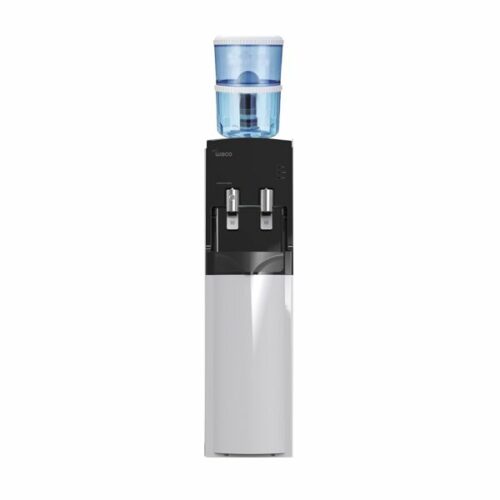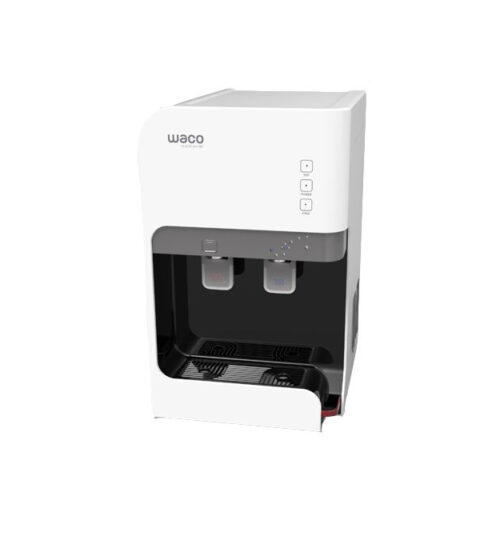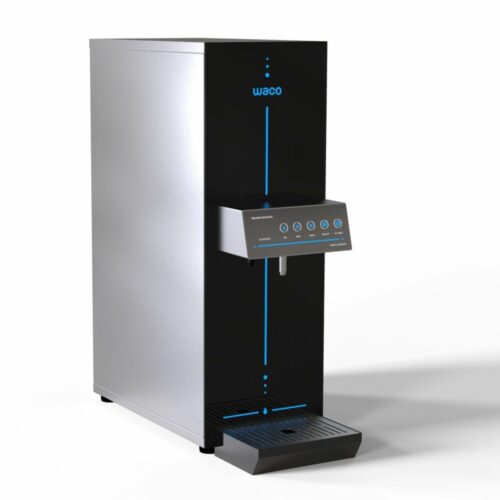The process of using reverse osmosis water filtration uses a semi-permeable membrane which consists of many micro-pores which allow water particles to flow through them while blocking and trapping larger particles and compounds such as salt and various natural minerals. The membrane pores also restrict bacteria and other pathogens which can cause diseases. Reverse osmosis is an extremely effective process for desalinating water, and in particular for producing water which is mineral-free as used required by photo and print shops. Reverse osmosis water treatment is ideal for the removal of contaminants and can successfully provide pathogen-free water. This is particularly important for areas which do not receive municipally treated water or areas which are at special risk of water-borne diseases.
However, reverse osmosis water treatment does have some drawbacks which unfortunately make the process less efficient and effective as a means of purifying drinking water than other methods. While the micro-sized pores which form the membrane can block larger molecular particles, for example, salt, they still allow some potentially dangerous chemicals such as pesticides, herbicides and chlorine to flow through because these are in fact smaller than water particles (Binnie et al, 2002). It is for this reason that carbon filters are normally also used as a supplementary filtering method to ensure that water which is safe to drink is obtained from the reverse osmosis water treatment process. Chemicals such as those previously mentioned are some of the major sources of contamination of drinking water following the usual municipal treatment process.
In addition, using reverse osmosis water filtering to provide drinking water results in naturally occurring and healthy minerals in the water to also be removed. These trace minerals are blocked by the filtering membrane, but it is in fact these minerals which provide the water with a nice taste and they are also beneficial for the human body and its functioning. Drinking water which has had these vital minerals removed is less healthy for the body.
Finally, using reverse osmosis water filtering is inefficient in terms of the water which is wasted during the process and the speed of production. The method typically requires up to three gallons of water in order to produce just one gallon of clean water and the process is extremely slow in comparison to other alternative water treatment processes.





Leave A Comment